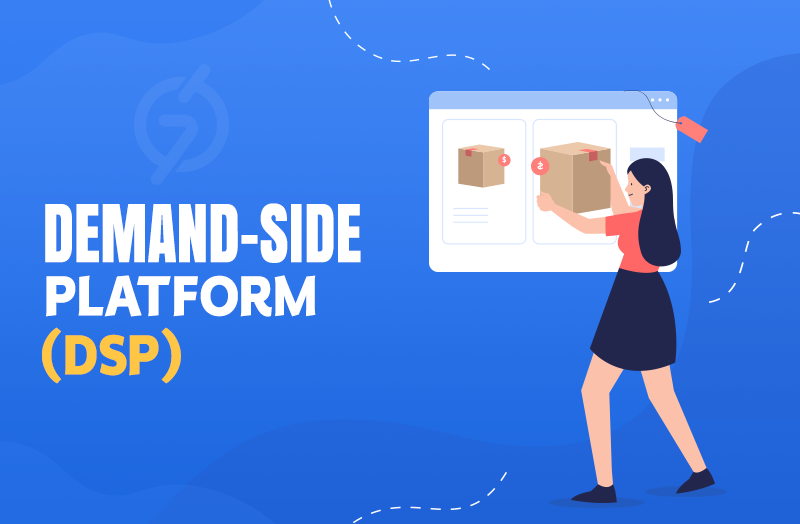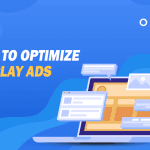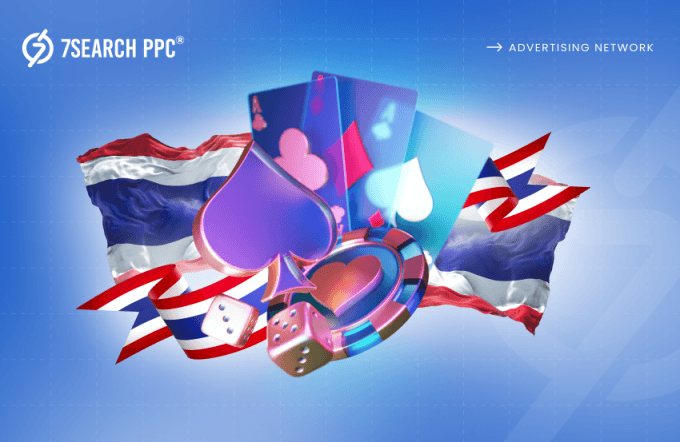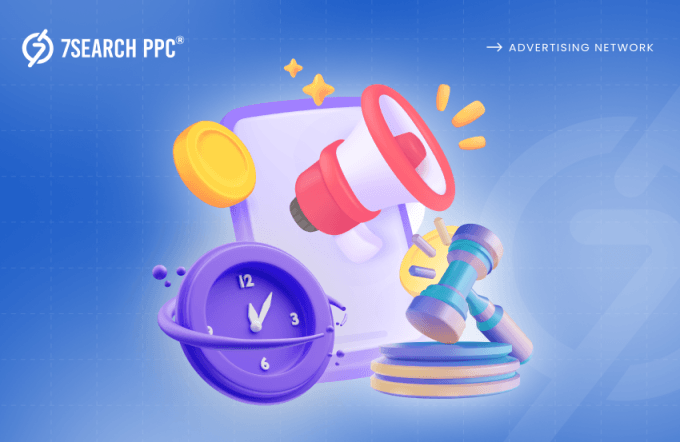In the bustling world of digital advertising, where every click and impression carries value, a silent player operates behind the scenes, but many advertisers are unaware of it: Demand-side platform (DSP).
Suppose you run a “Footwear Store” and want to sell your designer shoe collections to as many people as possible. Instead of setting up shops on every street corner, you decide to partner with local malls to give your footwear store a space alongside their popular outlets. However, this targeted placement requires a charge.
By strategically placing your footwear outlet in high-traffic locations frequented by your target audience (Fashion lovers and Trendsetters), you can significantly increase your sales. In the online advertising world, this concept is similar to how Demand-side platforms (DSPs) function.
Are you making the most out of your online advertising budget? If you’re unsure, this blog is for you. Discover how DSP can transform your advertising strategy by delivering targeted campaigns, increased efficiency, and measurable results. Keep reading to learn how these platforms work and how they can help you achieve advertising goals.
Demand Side Platform: A Buyer’s Advantage in Ad Buying
In an overview, we gave an example of a shoe store that strategically places its outlet in a high-traffic location. We can say that this process comes under the traditional approach of buying a space for a good marketing purpose. It takes time and effort to find the appropriate location where your brand can catch the eyes of the audience. Here, the role of the demand-side platform becomes crucial. It streamlines the whole ad-buying process and makes it easy for advertisers through targeted advertising.
What does the definition say?
A demand-side platform (DSP) is a software-driven platform used by advertisers to manage the buying of ad space across digital channels. It acts as a central market where advertisers can purchase ad inventory from various sources in one place. This automated process eliminates the need to contact individual publishers or websites, making the procedure much more efficient for advertisers.
DSPs enable advertisers to set specific criteria for their ideal audience, budget, and the type of ad formats they want to use. The programmatic platform then automatically bids on ad placements on websites and apps that meet those criteria. This real-time bidding helps advertisers make the most of their budget by ensuring their ads are shown to the right people at the right time.
The Benefits of Trusting a Demand-Side Platform
Showing trust in DSP offers multiple benefits for you and all those advertisers seeking to manage and optimize their digital ad campaigns efficiently. Some of the benefits are given below. Please have a look:
Access To Multiple Ad Exchanges
It can be difficult to find the right ad space alone. A DSP serves as a large marketplace connecting you to various ad exchanges. This convenient platform saves your time and effort by allowing you to browse and buy ad placements from a wide range of websites and apps without facing the difficulty of manually sourcing.
Targeting Capabilities
Would you show a cat ad to a dog lover? Or new gadgets for senior citizens? Probably not, right? A demand-side platform allows you to target your ideal customers with precision. You can select criteria such as age, location, gender, and online behavior to ensure that your online ads reach the people most likely to be interested in them.
Real-Time Bidding (RTB)
Real-time bidding is like a quick auction for ad interactions (each time someone interacts in real-time to get you the best price and reach for your advertising budget. It’s a dynamic system that negotiates the best placement for your online ad at the most competitive rate.
Cost-Effectiveness
Most advertisers start their online advertising journey with a small budget, and that’s a good move. However, sticking to the same budget can limit your campaign’s reach and potential growth. We are not saying that you can expand your budget on irrelevant targeting. You can invest your ad budget in the audience that is most appropriate for your business, and DSP can help you do just that.
By automating the bidding process and targeting the right audience, you can avoid wasting money on irrelevant views and clicks. Additionally, you get access to a wider range of ad spaces at competitive prices, maximizing your return on investment (ROI).
Efficiency and Scale
Managing multiple ad campaigns across various websites is a headache! However, using a DSP makes it simple. A Demand-Side Platform simplifies everything for advertisers. You can handle your ad campaigns from a single platform (setting up, managing, and tracking your campaigns). This saves you loads of time and energy, so you can concentrate on growing your business and hitting your market targets.
Demand-Side Platform Versus Supply-Side Platform: Here is the Breakdown!
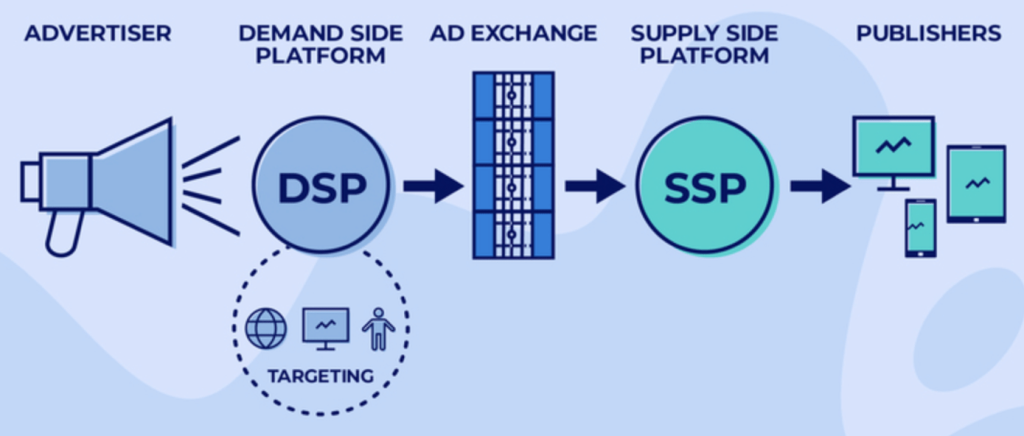
Display advertising is a whole ecosystem made up of the DSP, SSP, and ad exchange. Above, we understand the DSP and its benefits, but do you know who arranges the pricing and availability of ad inventory on the publisher’s side? That’s the role of the Supply-Side Platform.
DSP and SSP are both essential components of programmatic advertising, but they serve different purposes. Advertisers use DSPs to efficiently purchase ad space across multiple websites. DSPs offer features such as audience targeting and budget optimization to ensure that ads reach the right audience.
Publishers use Supply-side platforms (SSPs) to manage and sell their ad inventory. SSPs connect publishers to ad exchanges and DSPs, enabling them to display their available ad space and set minimum prices. SSPs help publishers maximize their revenue by obtaining the best possible price for their ad inventory through real-time auctions.
Despite DSPs and SSPs representing opposing sides, they collaborate to create a programmatic ecosystem that benefits both advertisers and publishers.
How a Demand-Side Platform Operates
Now, we understand that a DSP plays a very important role in the digital advertising ecosystem. It allows advertisers to purchase ad space across various ad exchanges and publishers through a single ad space. But how does it work? Here’s an overview of how a typical DSP functions:
Ad Inventory Aggregation
A demand-side platform (DSP) functions as a large digital marketplace for advertising space. It links to different ad exchanges and supply-side platforms to gather ad inventory from websites, apps, and other digital platforms. This allows advertisers to use a wide range of ad spaces to display their online ads.
Campaign Setup
Advertisers begin by setting their campaign goals within the demand-side platform or ad network. They set campaign objectives, such as boosting brand awareness, driving website traffic, or generating leads and sales. Additionally, they specify targeting parameters to reach their preferred audience, including:
- Demographics
- Interests
- Locations
- Device Types
The DSP then utilizes this information to identify the most suitable ad placements for the ad campaign.
Real-Time Bidding (RTB)
When a user engages with a website or app that has available ad space, an ad request is sent to the ad exchange. After that, the ad exchange conducts a real-time auction, inviting bids from DSPs interested in displaying ads to that user. The Demand-side platform evaluates the ad opportunity based on the user’s profile and the advertiser’s targeting criteria. If the DSP decides to bid, it submits a bid amount for that impression in milliseconds.
Bid Evaluation and Ad Serving
The ad exchange gathers bids from several DSPs involved in the auction. The bid that wins is chosen based on the highest amount and other factors such as ad quality and relevance. The ad from the winning DSP is then displayed on the website or app in real-time as the page loads. This whole process, from impression availability to ad serving, can happen in an eye-blinking time.
Campaign Optimization
The DSP continually monitors campaign performance in real-time, analyzing metrics such as:
- Impressions
- Clicks
- Conversions
- Other KPIs
Advertisers can then adjust bids, targeting, or even creatives to optimize the campaign for better results.
Budget Management
Advertisers allocate budgets within the DSP platform to specify the total amount they are willing to spend on advertising. The demand-side platform assigns bids across different ad placements and adjusts them as needed to maximize the impact within the set budget.
Reporting and Analytics
The DSP gives advertisers thorough reports and analytics showing how well their ad campaigns are performing. These insights enable advertisers to assess campaign effectiveness and pinpoint areas for improvement. It also helps them make data-driven decisions for future campaigns.
Main Components of a Demand-Side Platform
To perform its automated operations effectively, a demand-side platform relies on several key components:
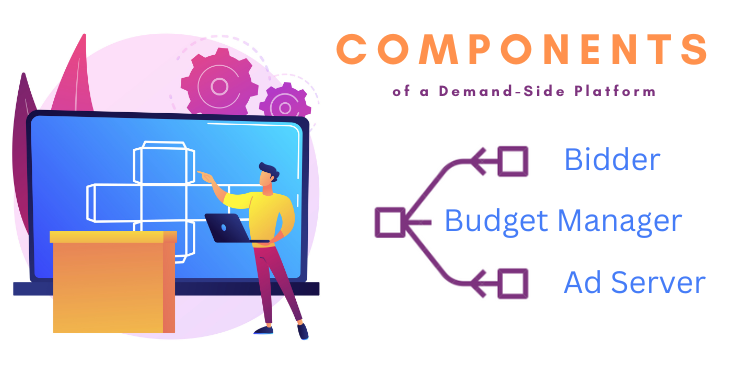
Bidder
The heart of the DSP functions as an automated negotiator for your ad placements. It analyzes available ad impressions (opportunities to display your ad) across the web and bids on them in real-time auctions. The bidder utilizes the targeting criteria you’ve set, such as demographics and interests, to find the most relevant placements for your ad.
It also takes into account your budget constraints to optimize the bid it places, ensuring you get the most value for your invested money.
Budget Manager
The budget manager helps you keep your ad spending in check by allocating your total budget across your different ad campaigns and placements. It provides real-time insights into your campaign spending, allowing you to adjust your strategy as needed. This way, you can optimize your campaigns for desired results without exceeding your advertising budget.
Ad Server
The ad server plays a crucial role in delivering ads, working closely with the demand-side platform. Once the DSP wins an auction through the bidder, the ad server fetches the ad creatives and delivers them to the designated location on the publisher’s website or app. Ad servers ensure that ads are served smoothly and optimize ad placements for better performance.
Conclusion
Using a demand-side platform (DSP) makes online advertising simpler for advertisers. DSPs give access to a wide range of ad space, let you target specific audiences accurately, and bid for ads in real-time to reach the right people at the right time. This helps advertisers run cost-effective campaigns with measurable results.
With features like campaign optimization, budget management, and detailed reporting, DSPs make it easy to make smart decisions based on data. Integrating a demand-side platform into your digital advertising efforts can be incredibly valuable if you want to step up your advertising game.
Frequently Asked Questions (FAQs)
What is a demand-side platform?
Ans. A DSP is like a marketplace where advertisers can find the right places to show their ads to the people they want to reach. It helps advertisers save time and money by automating the process of buying ad space.
Why should I use a demand-side platform?
Ans. Using a DSP saves you time and effort by automating the process of buying ad space. It also allows you to target your ideal audience and get the most out of your budget.
How does a DSP work?
Ans. The demand-side platform gathers ad inventory from various sources and then uses your campaign goals and target audience to find the best places to show your ads. It automatically bids on these spots in real-time auctions and delivers your ads to the winning placements.
What role does real-time bidding (RTB) play within the framework of DSPs?
Ans. Real-time bidding is like a quick auction for ad space. When someone visits a website or app, DSPs bid in real-time to show ads to that person. This happens in a quick time to get the best ad placement at the best price.
How do DSPs and SSPs work together in the digital advertising ecosystem?
Ans. DSPs and SSPs work together to create a programmatic advertising ecosystem. DSPs help advertisers buy ad space, while SSPs assist publishers in handling and selling their ad spots. This collaboration ensures that ads reach the right people and offers benefits to both advertisers and publishers.

